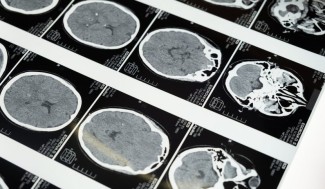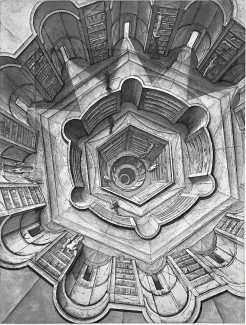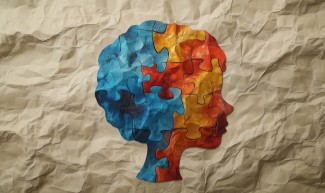In a recent paper published in the Journal of Royal Society Interface, Catalina Obando, Charlotte Rosso (Sorbonne Université, AP-HP) Fabrizio de Vico Fallani (Inria) and their collaborators at the Brain Institute propose a new approach to mathematically model brain reconnection after a stroke.
After a stroke, the phenomenon of plasticity allows the brain to modify some connections to recover all or part of its capacities. Today, in many cases, it is difficult to predict how a patient will recover. A better understanding of connectivity mechanisms, how brain regions interact with one another, over time after a stroke is therefore essential to develop new therapeutic strategies.
Fabrizio de Vico Fallani's group in the "ARAMIS - algorithms, models and methods for human brain images and signals" team collaborated with Maurizio Corbetta from the University of Padua (Italy), who gathered a unique database of stroke patients who underwent functional MRI at three time points - 2 weeks after the accident, 3 months after and at 1 year -. The researchers' challenge was to find out whether it was possible, through mathematical modelling, to extract predictive information about the patient's future condition.
For each subject, they modelled the functional networks of the brain to characterise their evolution over time and to correlate them with the clinical score of motor, visual, language, attention, and memory functions.
We addressed two main questions: what are the connectivity mechanisms over time after a stroke? Are we able to extract information from the first two MRIs to predict the patient’s behaviour at one year?
The group of researchers developed an approach based on two post-stroke mechanisms: the increase in connection intensity in the damaged brain hemisphere, and the increase in connections between the two hemispheres, and more particularly between the damaged system and its equivalent in the other half of the brain. In particular, the team equated these mechanisms in the form of temporal patterns, which represent basic patterns of connectivity building up or breaking down over time. To this, they combined a statistical model applicable at the individual level.
The model was then applied to 30 patients and control subjects. The results obtained show that these temporal connectivity mechanisms characterise the evolution of the brain network of stroke patients, whereas they are less present in healthy subjects. One question remains: does this dynamic connectivity revealed by the model have predictive potential for stroke recovery?
The temporal connection signatures are indeed associated with the evolution of the patients' condition. There is a very strong correlation, especially for language. The formation of motifs reinforcing the interactions between brain areas close to the lesion and the formation of connections with the intact hemisphere are thus able to predict the recovery of language in patients
The model developed by the researchers provides a new methodology, applicable on an individual scale, for identifying the temporal signatures of brain reorganisation after an injury. The results also demonstrate the fundamental dimension of temporality in this type of modelling and the predictive power of this model in the field of language.
Sources
https://pubmed.ncbi.nlm.nih.gov/35232279/
Obando C, Rosso C, Siegel J, Corbetta M, De Vico Fallani F.J R Soc Interface. 2022 mars.







